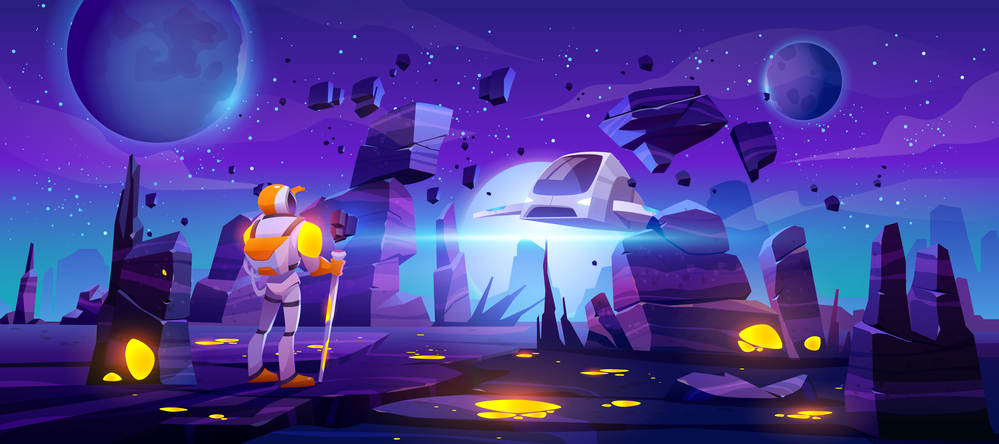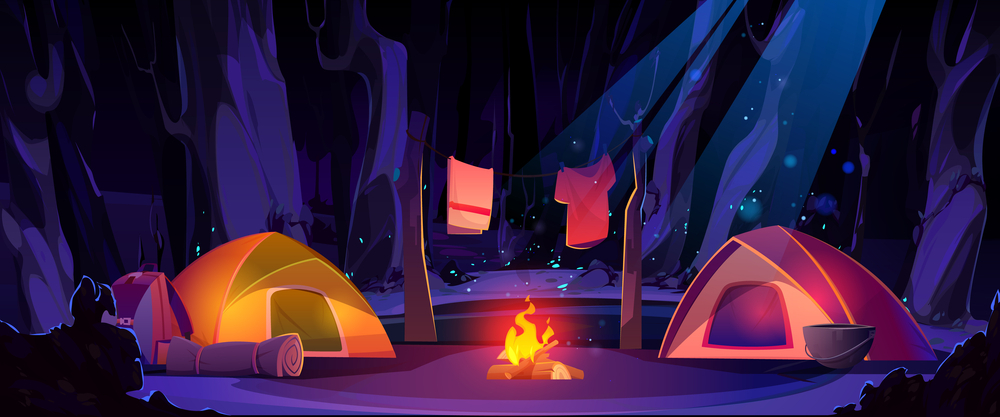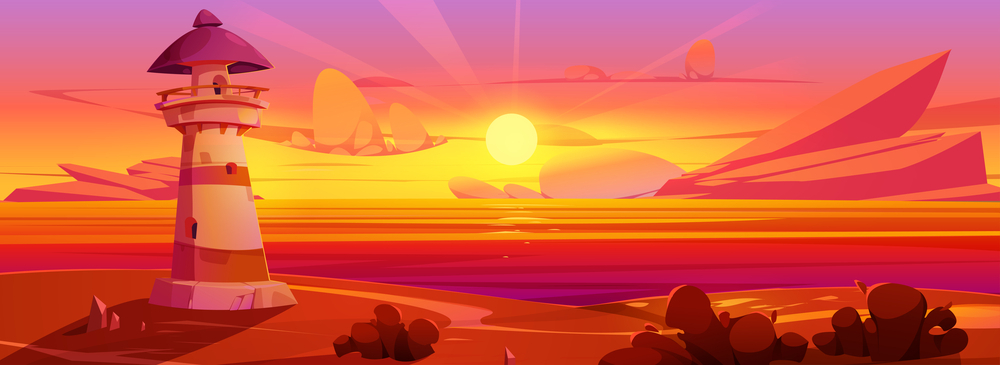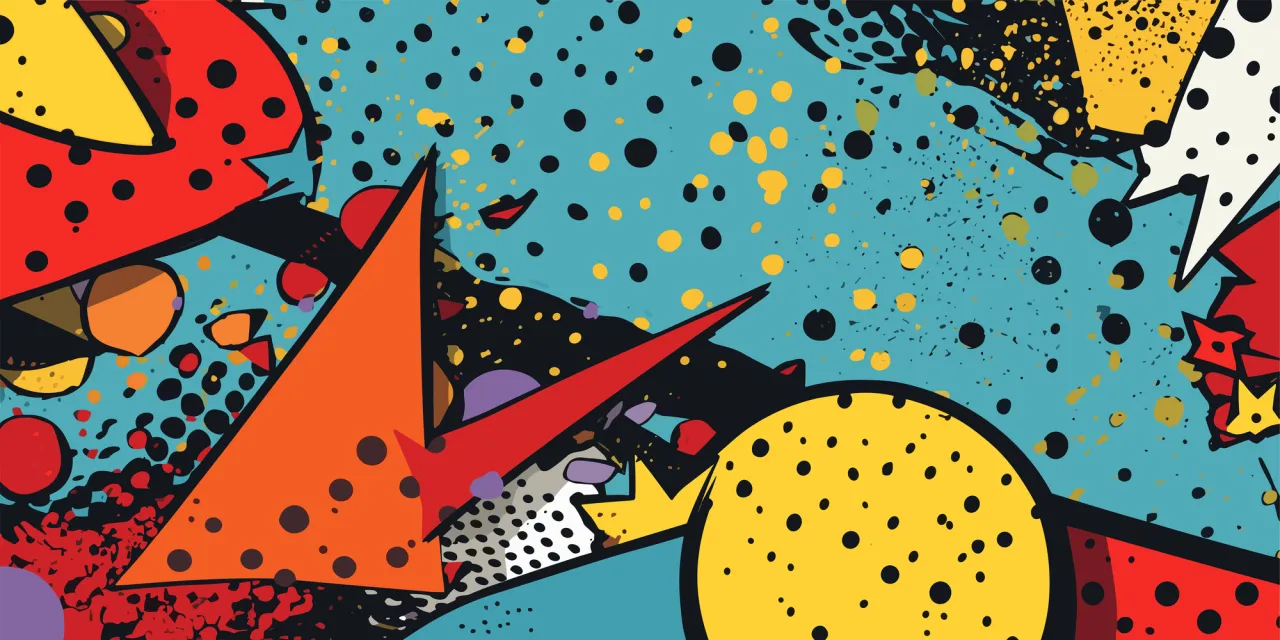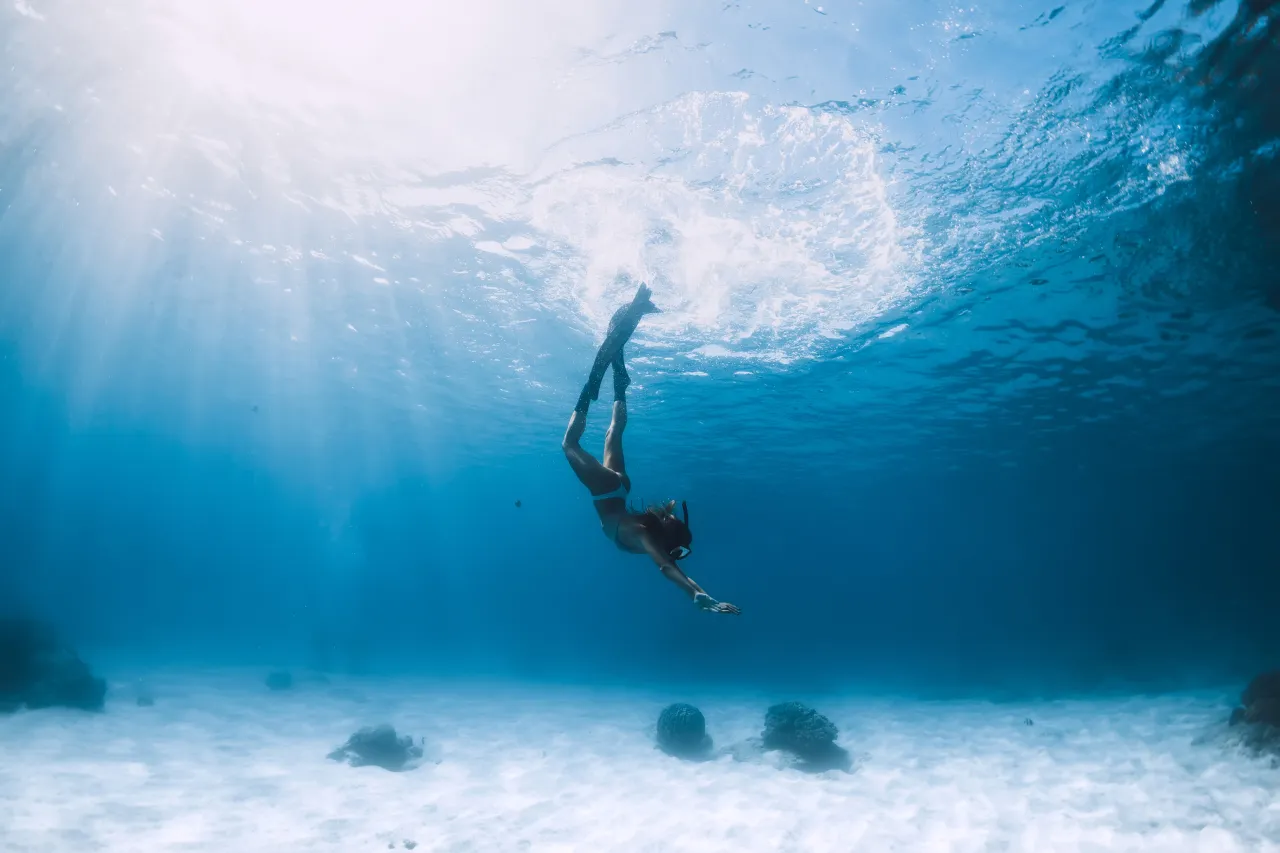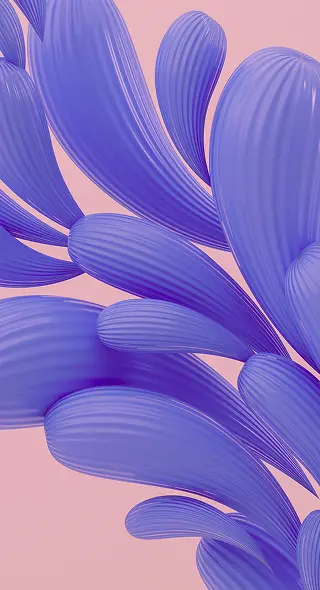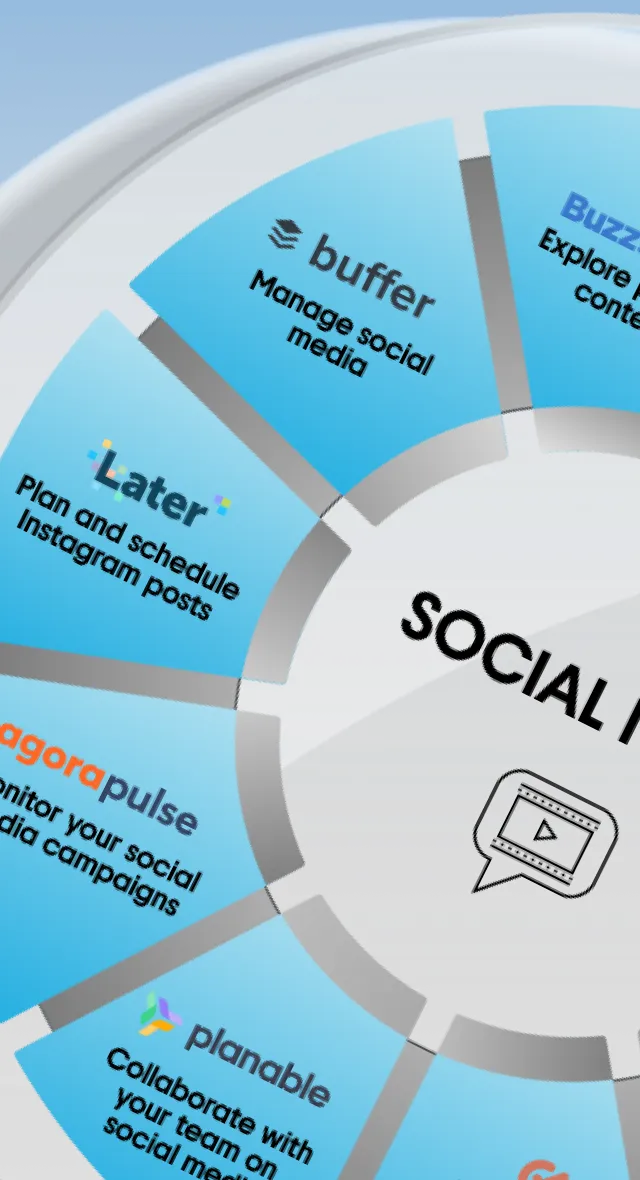“Job-Stealer” or “Co-Creator”? 5 Ways to Improve Design Quality with AI Safely
Generative AI is already shaping the way the creative world operates. In particular, tools like AI Image Generator by Depositphotos open new opportunities for advertisement, PR, and marketing design, including fast protection of campaign drafts, cost-effective social media visual production, and 24/7 idea generation.
Some features of AI—like the ability to operate without being tired or execute complicated design tasks in seconds—raise questions about whether there are risks associated with using generative tools to replace creatives one day.
Depositphotos—a platform where content authors can sell their masterpieces globally and clients find materials to bring their ideas to life—has always supported human creativity. We are glad to share some facts and tips to show you that AI is unlikely to replace designers. Instead, it could enhance their role.
Generate Images Now
Why generative AI tools will (not) steal your job
Although it may seem like AI algorithms analyze and create information similar to human brains, this impression is an illusion. Humans consider much more diverse data when making creative decisions; therefore, these decisions can be way more profound and innovative than those generated by AI. The key difference is that humans process organized databases and apply intuition and creativity while solving problems.
A simple example—try to give similar tasks to AI, and it is likely to deliver you similar answers unless you “teach” it to resolve them in a new way. At the same time, human creatives are constantly inventing new ways to approach the same subject and strive for diversity—that’s how our brains work.
Other reasons why you can’t compare AI and human creative potential include the following:
⚡️ Understanding contextual layers
While AI is a set of algorithms working with databases, a human creative understands their task’s market, aesthetics, politics, and other contexts. That’s why designers can create more thought-provoking pieces than a generative AI tool.
⚡️ Ethical aspects of creativity
While AI generates images based on what it studies from databases, it doesn’t “understand” ethical differences between various visuals. A designer can overcome this problem by using ethical prompts or gradually teaching algorithms to avoid certain elements in images. Read this article to use AI effectively: Dos and Don’ts for Creatives Working with Text-to-Image AI.
⚡️ Understanding audience insights
Although some AI-powered tools can define a client’s mood and triggers, and then develop designs that have high potential to grab the target audience’s attention, they are not empathetic in the way humans are. That’s why humans always need to evaluate and adjust AI-generated visuals.
⚡️ Aligning design work with business goals
Generative text-to-image AI requires detailed prompts that describe what you need in your visuals. On the contrary, it is weak in processing abstract characteristics and reading business requirements.
Only designers with marketing expertise can analyze business needs and translate them into descriptive requests. Here are ideas and examples: 5 Essential Tips for Crafting Effective AI Image Generation Prompts.
⚡️ The uniqueness of one’s style
AI is good at imitating the styles of others—from Van Gogh to Leonardo da Vinci. At the same time, it can’t develop its significant style from scratch since its algorithms are based on transforming existing information. Human artists always have a peculiar style; if they are designers working for a brand, this style might also be a corporate style your audience admires.
5 ways to integrate AI tools for images into your creative routine
So, how do you take full advantage of AI Image Generator and similar tools if you are a designer? If used creatively and consciously, they can become your reliable partners and assist you when you run out of inspiration, ideas, or energy.
Besides simply generating ready-to-use images for various communication purposes, try one of these tips to enhance your design productivity, develop yourself as a creative expert, and make your professional routine more enjoyable:
✅ Overcome creative blocks
Use tools like AI Image Generator at the conceptual stage of your projects. Image generators will help you quickly get started and assist you when you’re exhausted and can’t produce ideas anymore. All you need is to play with prompts and experiment.
✅ Worry less about design guidelines
Sometimes, ticking all the requirements for your company’s images in its brand book gets tricky. What you can do with some generative AI tools is to teach algorithms specific branding rules and then use them to automatically edit photos for social media, banners, and other placements.
✅ Style and color suggestions
While text-to-image AI generators are trained to produce static visuals that match your detailed requests, some are meant to generate visual objects after analyzing your website, Instagram content, a certain photo, or other data. To save time, you can apply such tools to learn what color scheme, style, or layout will work best for your campaigns. A tool example: Logomaker by Vistaprint.
✅ Enhancing existing visuals
Let’s say you have a picture of your company founders and are working on a high-fidelity video ad telling your corporate story. With AI-powered tools like Image Upsaler by Depositphotos, you can enhance the quality of your image and make it twice as large in just a click.
✅ Experiment with audiences and styles
Personalization and data-driven solutions are critical in marketing. With generative tools for images, you can create numerous versions of your posters, banners, or website images that convey the same campaign message.
Campaign visuals may differ in attributes, such as images, colors, orientations, or layouts. In turn, marketing teams could target their campaign at local audiences or test approaches to find one that resonates and converts more. Simply adjust your text prompt to generate diverse content.
Final thoughts
Using AI image generators, you can overcome creative blocks, produce more valuable ideas, spend significantly less time on image editing, and adjust images to your corporate voice or local markets. To go beyond creating high-quality images from texts, think of design aspects where you might need a knowledgeable co-creator.
Remember that AI algorithms lack an understanding of business, ethical, and cultural contexts, and they don’t have intuition. However, their strengths include the ability to work without exhaustion and an enormous database of visual references. Use these features to boost your productivity and come up with ideas that neither an AI generator nor a human can produce alone.
Generate Images NowBecome friends with AI! More articles on the topic:
AI in 2024: Transformative Trends Shaping the Creative Landscape
9 Best AI Image Generators for Your Business in 2024
Dos and Don’ts for Creatives Working with Text-to-Image AI
5 Essential Tips for Crafting Effective AI Image Generation Prompts

